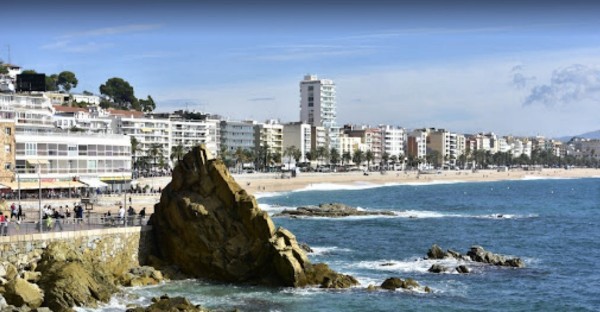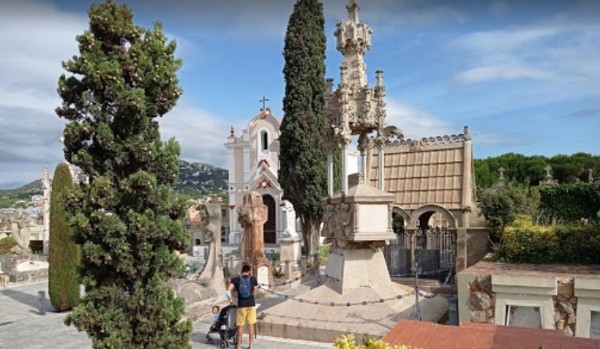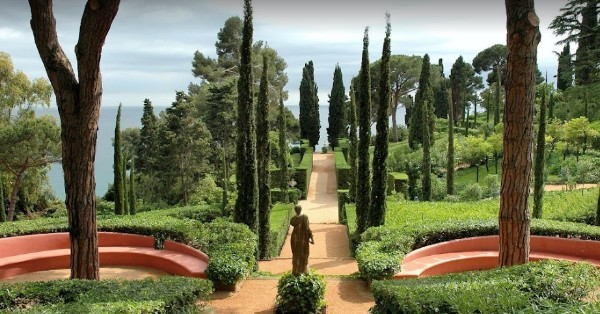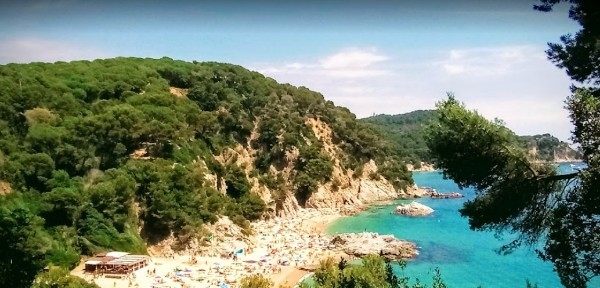Among the resorts of the Costa Brava, Lloret de Mar is one of the most remarkable in Spain. These beaches are located in the northern part of Catalonia: from the small town of Blanes to the very French border. Sandy beaches, wonderful bays, rocks near the sea, pine trees - this area fascinates at first sight.
The beach season starts in June and, thanks to the mild climate, lasts until October. The city of Lloret de Mar is over 1000 years old. A beautiful legend is associated with its name, which inspired the sculptor Bonaventuro Anso to create a composition, opened in 2001, for the millennium of the city. The god Apollo fell in love with a beautiful nymph who took a vow of chastity. Her name was Daphne, and in order to save herself from the obsessive love of God, she turned into a laurel tree. "Lloret" in translation means "laurel", and the city itself, according to legend, appeared from the sea waves.

Castle Sant Joan, located on a hill, is one of the symbols of the resort; it was built a long time ago, back in the 11th century, and now it proudly rises above the sea. For many centuries, the castle has experienced a lot - these are earthquakes, and attacks by the Turks, and shelling by the British, and just pirates.

Nevertheless, the castle survived and, after a series of reconstructions, was successfully preserved for posterity. Pirates attacked this coast so often that even churches were erected fortified here, as a protection for the locals. The Church of Sant Roma, built in 1522, was a real fortress surrounded by a deep moat. The Civil War destroyed the church, leaving only the Baptistery and St. Sacramento's chapel. The inhabitants of Lloret de Mar especially revere the Church of Saint Christina, erected where the local shepherd saw the Mother of God.

The temple was first mentioned in writing in 1376. During the civil war, the relics of his patron saint, who had been there for a long time, were stolen from the temple. Locals celebrate the feast of Saint Christina with a solemn procession that runs from the temple to the beach of Saint Christina.

If you decide to visit this magical place, don't forget to visit the Santa Clotilde Gardens in Lloret de Mar. The Renaissance project was designed by the best landscape designers at the behest of the Marquis Roviralta, thanks to which the gardens of Santa Clotilde have become a national treasure of Catalonia.

The coast on which they are located is a short distance from the beach of Sa Boadea. The place is very picturesque, and the flora is diverse and attractive. A large number of reservoirs, alleys and terraces, as well as fountains and sculptures will leave an indelible impression on the walk.